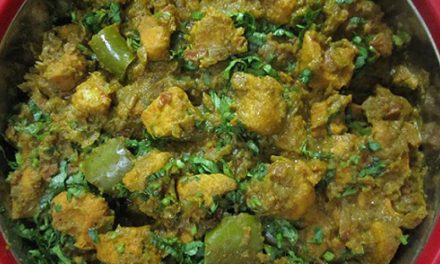What are Spices?
A spice is a seed, fruit, root, bark, or other plant substance primarily used for flavoring, coloring or preserving food. Spices are distinguished from herbs, which are the leaves, flowers, or stems from plants used for flavoring or as a garnish.
How to organize your spices for faster cooking
1. Decide what to keep
Did you know that, with the exception of black pepper, if you have a red and white rectangular tin from McCormick, it’s at least 17 years old?
Toss anything that’s more than two years old or that has lost its aroma.
A smart tip for going forward: Whenever you buy a new spice, add a small sticker to the bottle and write the purchase date on it for organize spices.
If you have a box of baking soda lying unused from the past few months, there is a chance that it is expired. However, you can still use the expired baking soda in a series of ways.
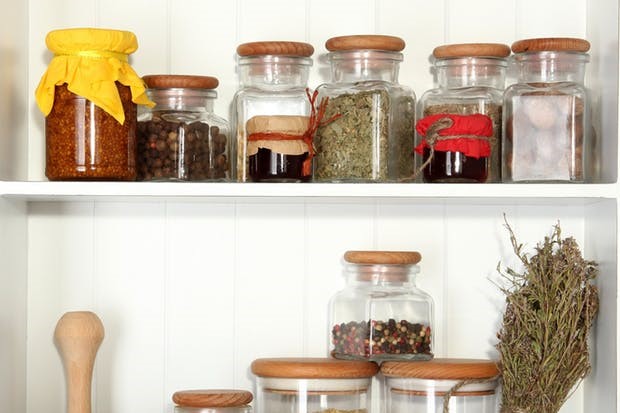
2. Label Individual spices
If you buy unlabeled spices from wholesalers, ethnic grocers, or some other venue, you’ll need to label them.
This will help you keep track of what you have and how old each spice is.
The most low-cost way to label your spices is to just slap some masking tape on the sealable container you store them in. Write the name of the spice and the date you obtained it on the tape using marker or pen.
Remove the tape when the spice is expired or when decide to use that container to store a different spice.

3. Find the right storage space
How can you get your spices to be closest to their point-of-use?
If you have cabinets by your stove, that’s usually the best option. Upper cabinets are best, and the drawers that help in organize spices.
Read More: Incredible Kitchen Hacks That Will Change Your Life Forever

4. Identify the spices you cook with regularly
To organize your spices according to their level of utility, you’ll first have to figure out which ones you use most often.
Make a list of your favorite dishes, the ones you cook most frequently.
Next to each dish, list the spices involved in the dish. This secondary list will be your guide for organize spices.
Spices you use regularly should be given pride of place when organizing your spices. Place them in a convenient location like the top row of a spice rack or toward the front of your kitchen pantry.

5. Move occasionally-used spices into the middle area
Make a list of dishes you cook only intermittently or rarely.
Draw a second column next to this list and identify the spices used in each of these dishes.
Use this list to determine which spices should be located in the middle of the spice cabinet or in the middle of the spice rack.
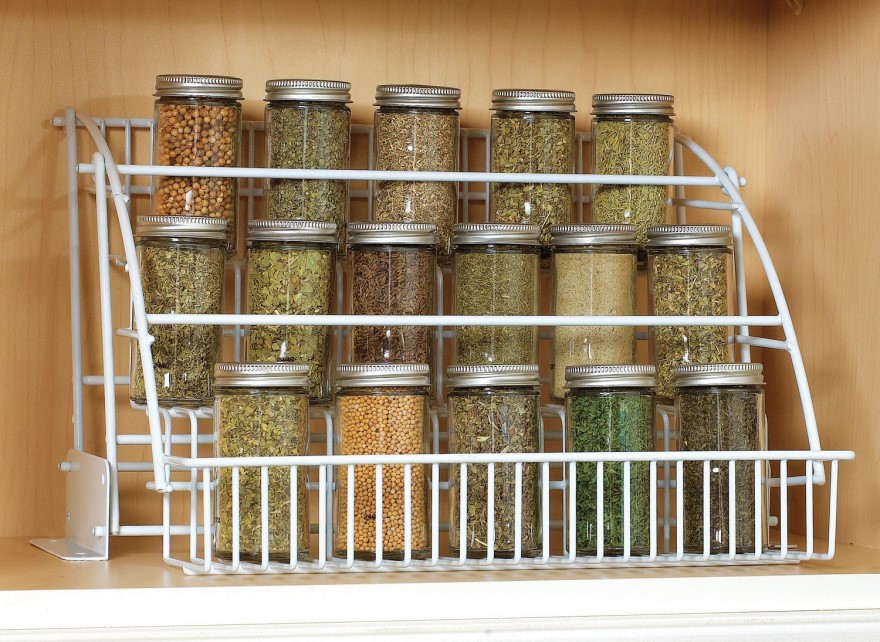
6. Place the least-used spices in the back section
If you look at a particular spice and realize you’ve never used it, or cannot remember the last time you used it, place it in a low-priority position when organizing your spices such as the back of the kitchen cabinet.
These spices should be given the lowest priority when organizing your spices, or discarded altogether.
Unlabeled spices or spices that you cannot identify also fall into this category.
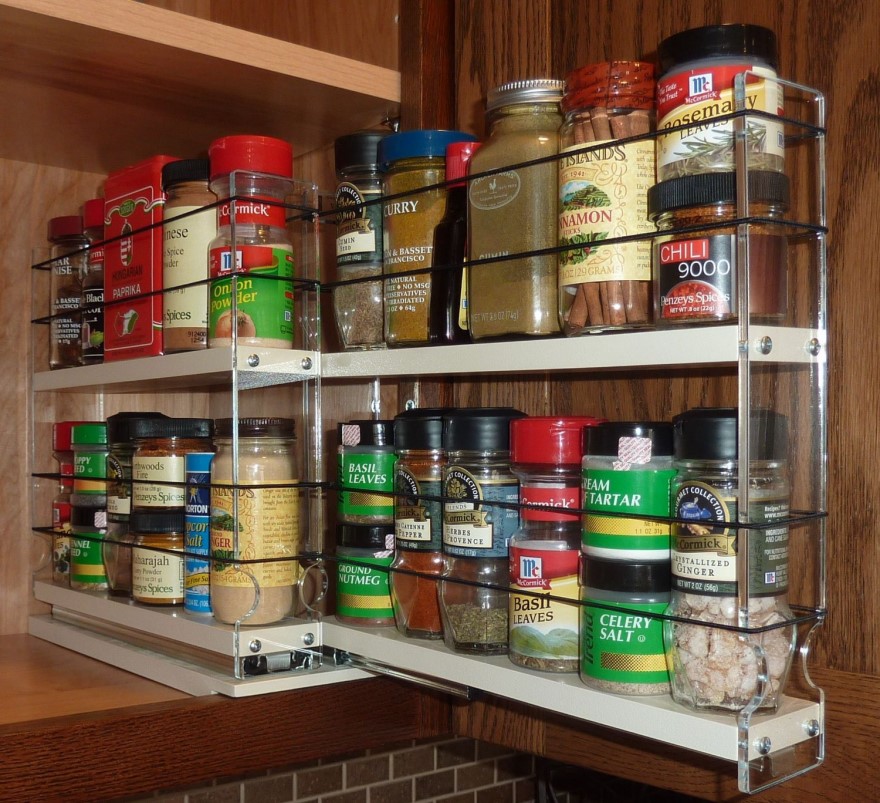
7. Make fresh spices the most accessible
Fresh spices typically last only a few days. When organizing spices according to their shelf life, it’s best to use those that are freshest first.
By placing spices that will “expire” soon in an easy-to-reach place, you increase the chance that you’ll actually use them.
Bay leaves, basil, celery seeds, and most other fresh spices last five to seven days.
Fresh chives and mint generally last seven to 10 days.
Herbs, too, tend to age quite poorly. Make use of them as quickly as possible.
Dried flowers should be tossed after about three months.
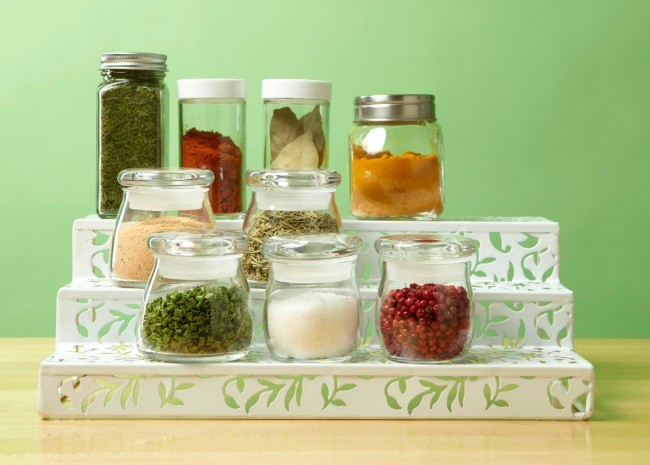
8. Discard spices you won’t use
If you have spices that are prepackaged but opened and you don’t plan on using them, give them to friends who are interested.
If you have spices that are prepackaged but unopened, give them to friends or donate them to your local food bank. If you have spices that are expired, throw them out.
9. Clean the bottles of spices you’ll be keeping
If you have empty bottles – for instance, from a spice rack – that you want to keep and refill with fresher spices, wash them thoroughly and let them dry before refilling.
If you have prepackaged spices that you won’t be refilling, just use a damp cloth and carefully scrub the outside of the bottle as needed.

10. Keep them in cool, dry and dark place
Keeping all your herbs and spices in the same location helps keep you organized. But make sure that location is in a cool, dry place away from direct sunlight. That is important in organize spices and storing spices for long time.






